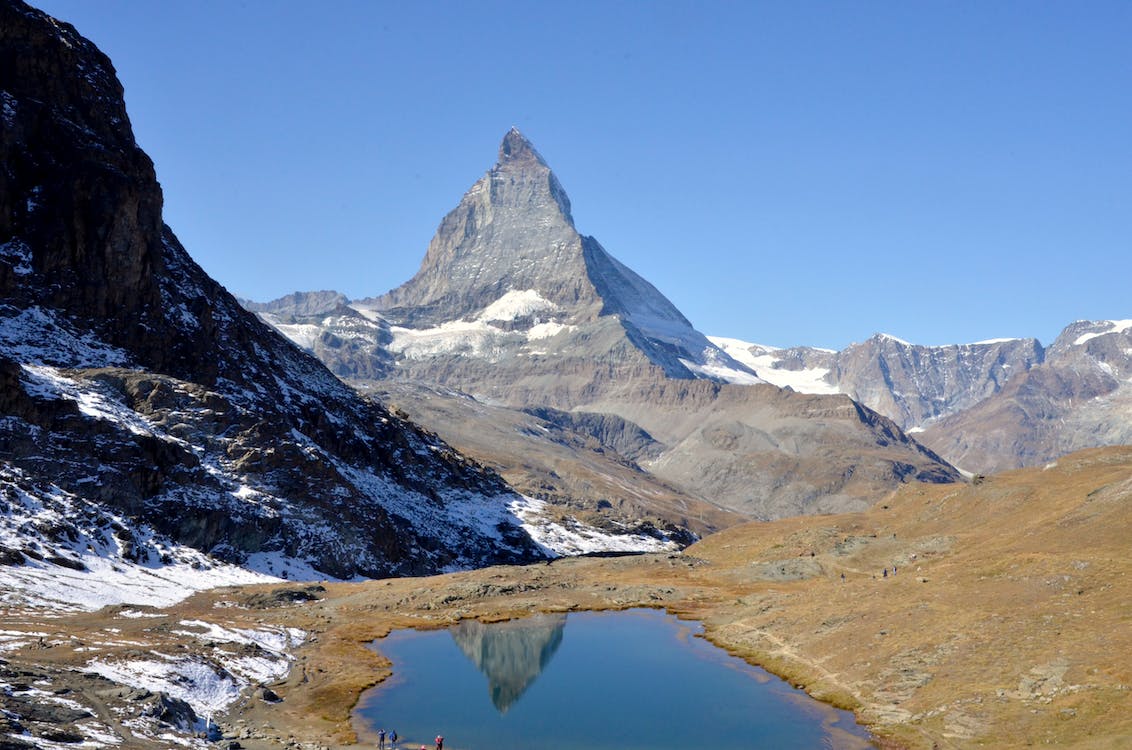About Patagonia
At the southern end of South America lies a sparsely populated region called Patagonia, which is shared by Argentina and Chile. The region consists of the south section of the Andes Mountains, lakes, fjords, and glaciers in the west and deserts, tablelands, and steppes to the east. Patagonia is bounded by the Pacific Ocean on the west, the Atlantic Ocean to the east, and many water bodies that connect them, such as the Strait of Magellan, the Beagle Channel, and the Drake Passage to the south.
Argentine Patagonia region is mostly steppe-like plains, rising in a chain of 13 abrupt terraces about 100 meters at a time, and covered with an enormous bed of shingle almost bare of vegetation. There are ponds or lakes of fresh and brackish water in the hollows of the plains. The Patagonia Chilean region is characterized by the shingle that gives place to porphyry, granite, and basalt lavas, abundant animal life.
The flourishing vegetation is consists of southern beech and conifers. The area has notable cold and humid air masses due to the high rainfall against the western Andes (Wet Andes) and the low sea-surface temperatures offshore. It also contributes to the ice fields and glaciers, the largest ice fields in the Southern Hemisphere outside Antarctica.
Best Hikes in Patagonia
The W-Trek
The W-Trek is located in the heart of Torres Del Paine National Park in Chile. This is a very classic multi-day pilgrimage route through one of the most spectacular regions of Patagonia. When viewing the site on the map, it has a W shape; that is where it got its name. This site is most popular with hikers due to its jaw-dropping sceneries, including giant jagged-edged sedimentary peaks, glaciers, wildlife, vast grasslands, the wind struck flora, beautiful forests, and blazing blue lakes. Indeed, this region is a magical gem smothered in the middle of the Andean mountain range.
Covering up to 45 miles with a cumulative elevation gain and loss of 9,700 feet, the trek gained a moderate rating in its difficulty.
When is the best time for the trek
The W-Trek can be accomplished year-round. However, during winter, the season brings freezing temperatures and snow that cause some road closures. Expect a busy crowd from October to April when people find these months the best weather window. By mid-March, the transformation of the fall leaves bursting into their autumn colors. If you are looking to avoid crowds on the W-Trek and are resilient to elements, visit in the fall or winter months.
How long is the Hike
You can complete this multi-directional route between 3-7 days, even without any guide, but you may also choose to have some guided trip and pick a company of your choice. Book your trek in advance if you plan to go on your own, this makes one step to a successful and easy trek.
Torres Del Paine Circuit
This route, located in Torres Del Paine National Park, Chile, is a fantastic continuation of the W-Trek. This sensational hike is also known as the “O,” which has a longer, rugged, more challenging, and further picturesque journey through the park. The trek to Torres Del Paine Circuit takes you through open grasslands, around crystal blue lakes, dense old-growth forests, bridge crossings, and over the astounding John Garner Pass (Paso John Garner) to the astonishing and aptly named, Grey Glacier. The stunning Gray Glacier with nearly 3.7 miles size is the largest in the National Park.
How long is the hike
Generally, the trail is well-maintained and relatively easy to follow; however, you will encounter steep and uneven trail to Glacier Gray. Ready yourself for a counter-clockwise journey to approximately 85 miles that can be completed in 6 to 10 days. The trek is rated moderate to difficult with a season that runs mainly from October to March.
There is the freedom to go alone on this trek if you are an experienced hiker. But choosing a guided hike lessens and relieves all the hassle of booking, planning, logistics, and substantial research. Also, having a guide makes your hike go smoothly and fast.
How to prepare for a trip to Patagonia
If you don’t have a habit of doing physical and strenuous activities, you have to make a month-long preparation of regular exercise before your scheduled trek.
You can do mountain walks or as simple as climbing long staircases with a pack. Some other useful preparations include walking, jogging, swimming, or riding a bike.
Some special equipment you will need are crampons, ice ax, ropes, trekking poles, carabiners, 45-liter capacity bag, cooking essentials, toilet kit, sleeping pads, tent, first-aid kits, pocket knife, extra batteries, thick and warm clothing, etc.
Wear comfortable, lightweight, and waterproof walking boots.

